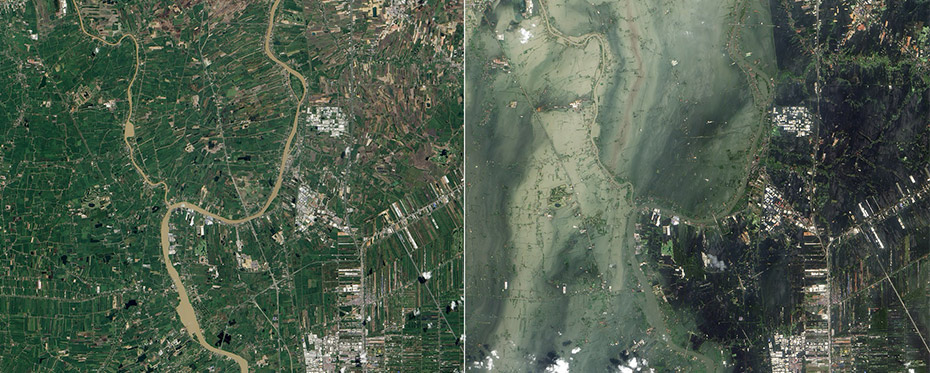Tag: earthquake
Mexico’s 1887 Sonora earthquake: Lessons from the aftershocks

In May 1887, a magnitude (Mw) 7.5 earthquake rocked Sonora, Mexico. While the immediate effects impacted local communities, the event has become the world’s longest recorded normal-fault rupture in historic time. Professor Raúl Castro from the Department of Seismology at CICESE, Mexico, used a network of seismic monitoring equipment to uncover evidence that aftershocks from the 1887 event are still […]
Read More… from Mexico’s 1887 Sonora earthquake: Lessons from the aftershocks
African (tectonic) retreat (seismically) shakes Greece and Turkey

The Earth’s surface is divided into rigid plates that move with respect to each other in response to heat loss from the interior. At the China University of Geosciences, Wuhan, Professor Timothy Kusky is studying the evolution of tectonic plates through Earth history. Along with his colleagues, he has found that a devastating 2020 earthquake in the Aegean Sea resulted […]
Read More… from African (tectonic) retreat (seismically) shakes Greece and Turkey
Predicting post-seismic liquefaction through geological response analysis

During liquefaction, solid sandy ground behaves like a liquid, posing a significant threat in earthquake-prone regions. Seismic waves cause water-saturated sandy sediments to flow, resulting in ground subsidence and flooding. To address gaps in our understanding, Prof Yukitake Shioi from the Hachinohe Institute of Technology in Japan applied a finite element method model to observations from the 1994 Far-Off Sanriku […]
Read More… from Predicting post-seismic liquefaction through geological response analysis
Shaking up geophysics: A new model for improved tsunami prediction

Quantitively predicting earthquakes and tsunamis is a long-standing goal for seismological research. The behaviour of earthquake ruptures is not fully understood, and the differences between shallow and deep earthquakes often lead to underpredictions of tsunamis as a secondary hazard. Dr Valentí Sallarès and Dr César R. Ranero of the Institute of Marine Sciences, CSIC, in Spain have developed a new […]
Read More… from Shaking up geophysics: A new model for improved tsunami prediction
Effective communication in times of risk and crisis: The IDEA model for translating science to the public

From biosecurity and food security to earthquakes and health pandemics, disaster alerts and warning messages can mean the difference between life and death. The COVID-19 crisis for example can at least in part be ascribed to failed risk communication. At the University of Central Florida, Prof Deanna Sellnow and Prof Timothy Sellnow, experts in strategic communication, are tackling this issue. […]